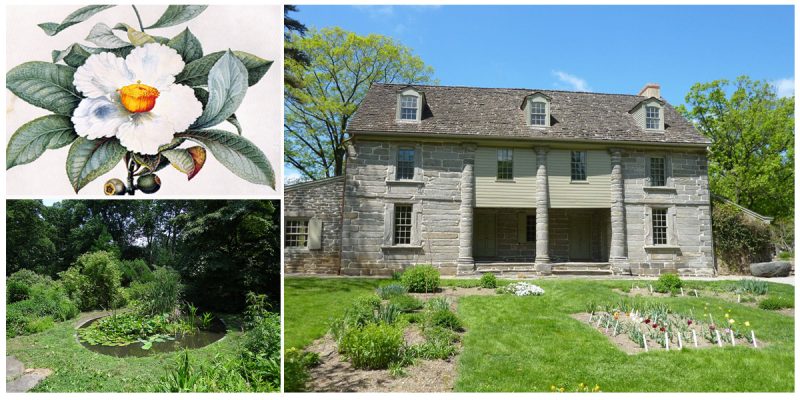The homestead of the botanist John Bartram is the oldest botanical garden in America. Bartram was the co-founder of the American Philosophical Society and a very important figure in the scientific community of Philadelphia.
According to the Swedish botanist Carl Linnaeus, Bartram was the greatest natural botanist in the world.
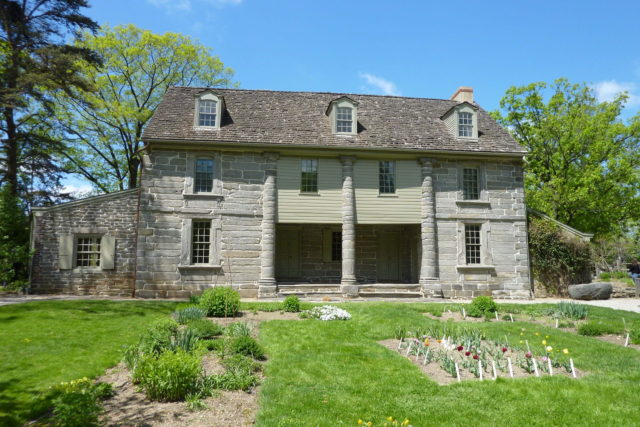
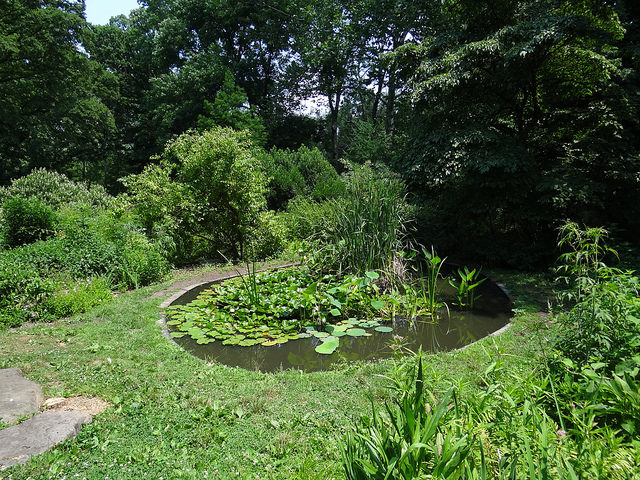
The first construction of his house was made from stone between 1728 and 1731. Later, he made additions to the house and expanded it. He added a kitchen and a carved façade which was inspired by the European Palladian style. After Bartram, three generations of his family continued this remarkable garden as the premier collection of North American plant species in the world. His sons John Bartram Jr. and William Bartram continued the trade of plants internationally and further expanded the garden and nursery business.
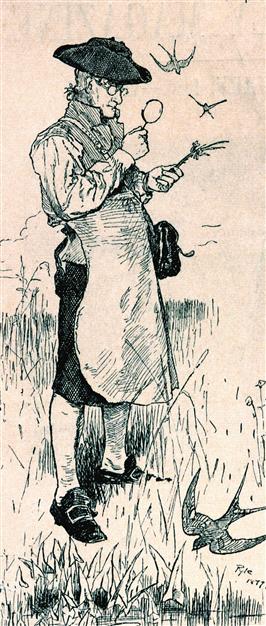
William became a famous naturalist, author, and artist who made the garden an educational center for new generations of natural scientists. After 1812, the daughter of John Bartram Jr., Ann Bartram Carr continued the trade with her husband and stayed focused on the international trade in native North American plants.
Due to financial loss, the historic garden was sold to Andrew M. Eastwick in 1812. He preserved the garden as a private parkland and after 1879, Thomas Meehan made a campaign to preserve it. In 1891, the City of Philadelphia became responsible for the garden and it remains as a protected city park until today.
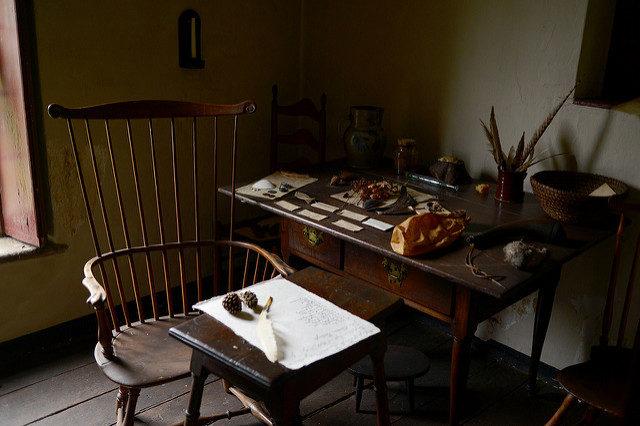
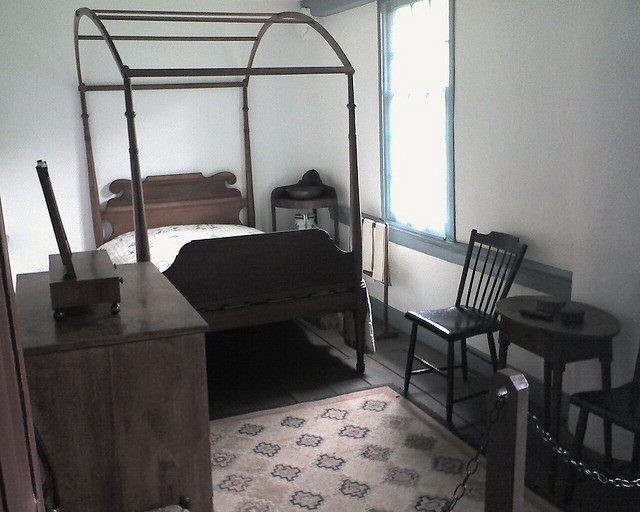
According to US History, the 45-acre site features Bartram’s home and farm building, the historic botanical garden, wildflower meadow, water garden, freshwater wetland, parkland, river trail, and a museum shop. The garden is located on the western bank of the Schuylkill River. It is a rich habitat, with a wide variety of species of herbaceous and woody plants.
The most notable trees in the garden are the Franklinia alatamaha, Cladrastis kentukea, and Ginkgo biloba.
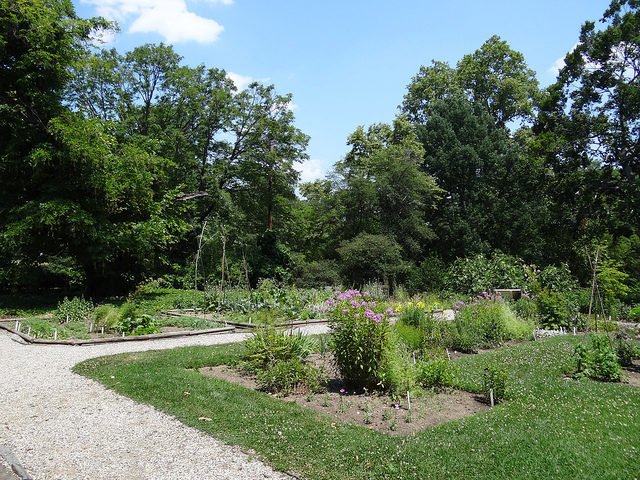
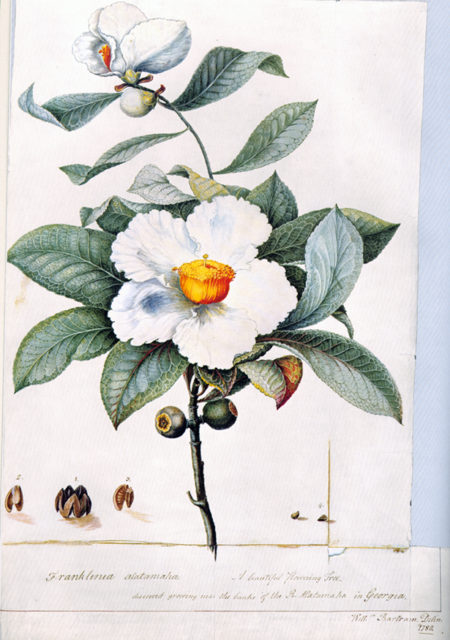
Today, the site is operated as a house museum and botanical garden by the John Bartram Association in cooperation with the Park Commission. The garden is open daily and there are guided tours and special programs about the site.
The center receives more than 25, 000 people per year, and also sells some of the local products in the Bartram Museum Shop such as a variety of seeds, honey, beeswax candles, postcards and also books by Bartram. In 1963, the house was named a National Historical Landmark.
